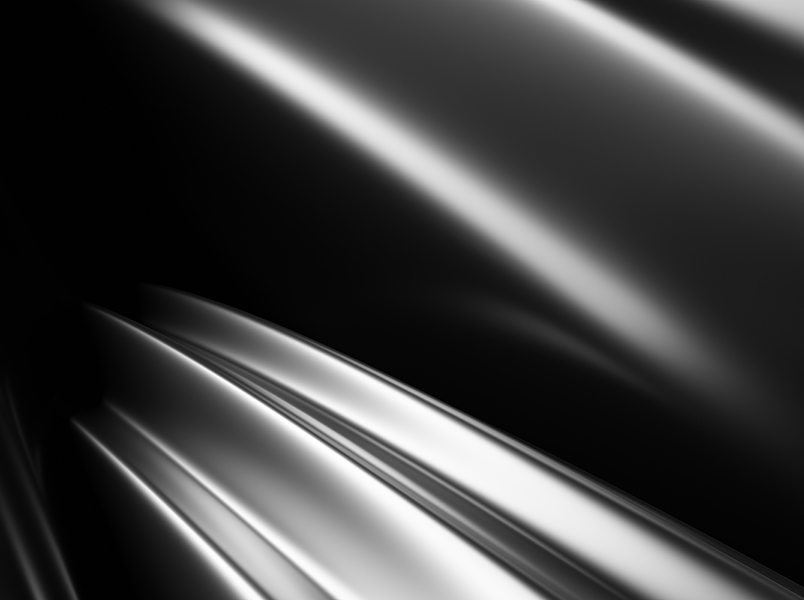

Orthopedics is entering a new era, driven by advanced materials that overcome the manufacturing and healing limitations of traditional alloys, polymers and biomaterials. This rapid-fire session allows companies to hear how three materials companies are developing innovative solutions for orthopedic implants and provides recommendations for next-gen devices.
Biomaterial Opportunities – Arctic Biomaterials
Material limitations, high production costs and complex manufacturing processes have historically constrained the development of bioresorbable implants. The innovative X3 Fiber composite overcomes these challenges by offering a high-strength, fully resorbable biomaterial now accessible to orthopedic companies. Whether your company specializes in orthopedics, dental or trauma implants, X3 Fiber creates new opportunities for durable, bioactive implants without traditional limitations. But how easily can it be integrated into your existing production? This presentation explores the mechanical properties, manufacturability and bioactivity of X3 Fiber, demonstrating its potential for load-bearing applications. Additionally, it examines key considerations for integrating X3 Fiber into existing production processes and cost efficiency. Discover X3 Fiber’s applications and learn how your company can enter the biomaterial implant market.
Advancing Metals – Fort Wayne Metals
Fort Wayne Metals’ 55-year history supplying precision wire and bar products to the medical device industry is built on continued material innovation. This presentation will highlight several new product areas emerging from R&D for the orthopedic market.
Metal Powder Solutions – Sandvik
Sandvik offers stainless, cobalt and titanium alloy powders and advanced machining solutions to drive additive manufacturing innovation in the orthopedic industry. Technological advancements in additive manufacturing have led to the potential for utilizing larger powder-bed layer thicknesses, increasing productivity in laser powder bed fusion. By increasing layer thickness, coarser powder particle size distribution (PSD) can be employed, driving a shift towards a more sustainable process chain and reinforcing the business case for additive manufacturing. Results from a study that evaluates the effect of larger layer thickness (90 µm) using recommended PSD (15 to 45 µm) and coarser PSD (45 to 90 µm) on the surface characteristics, heat-treated microstructure and mechanical properties of Ti64 components will be presented.